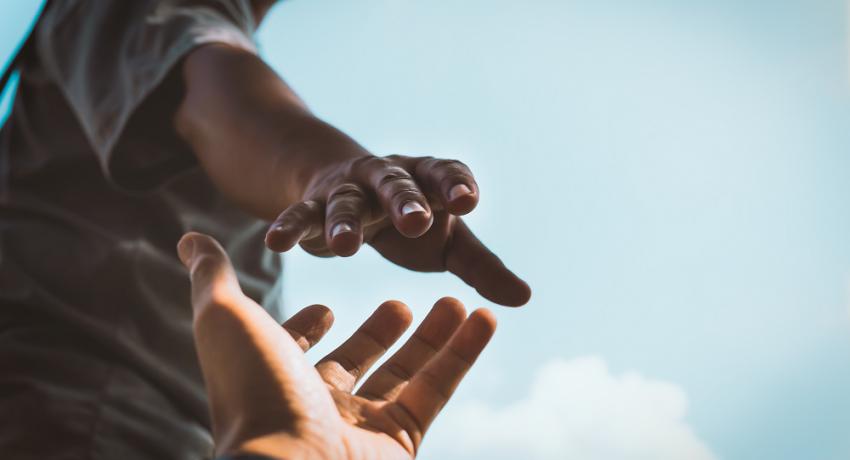Suicide prevention is a top priority in Juvenile Rehabilitation (JR).
“Many of our first-time residents arrive feeling terrified of what they will experience while returning residents arrive feeling hopeless that they are with us again,” said Clinical Training Consultant Beth Rogers. “In either case, residents can become suicidal and begin to see ending their life as a way of ending their pain and their family’s suffering.”
JR is committed to helping these youth reduce their suicidal ideation while increasing their hope for their future.
When a youth enters a JR institution or transfers to a community facility, they are screened for any suicidal ideation or self-harm intentions using an evidence-based Suicide and Self-Harm Screen (SSS). After conducting the screen and reviewing the youth’s background, if JR staff believe the youth should be placed on a Suicide Precaution Level (SPL), they contact a Designated Suicide Prevention Specialist (DSPS) and discuss their findings and concerns. After reviewing all of the information provided, the DSPS determines which level SPL the youth will be placed on.
JR has a three-level suicide precaution protocol. Depending on the level the youth is placed, the youth may have constant observation or as little as random checks, with a maximum interval of 15 minutes. Staff are specifically trained on how to conduct the SSSs and therapeutically intervene when youth are suicidal or have self-harming ideation.
JR has not had a completed in-residence suicide in 20 years and also uses Dialectical Behavior Therapy (DBT) as an effective therapeutic intervention to help youth experiencing crisis. Read this article penned by DBT expert Beth Rogers to learn more.

